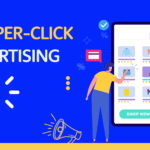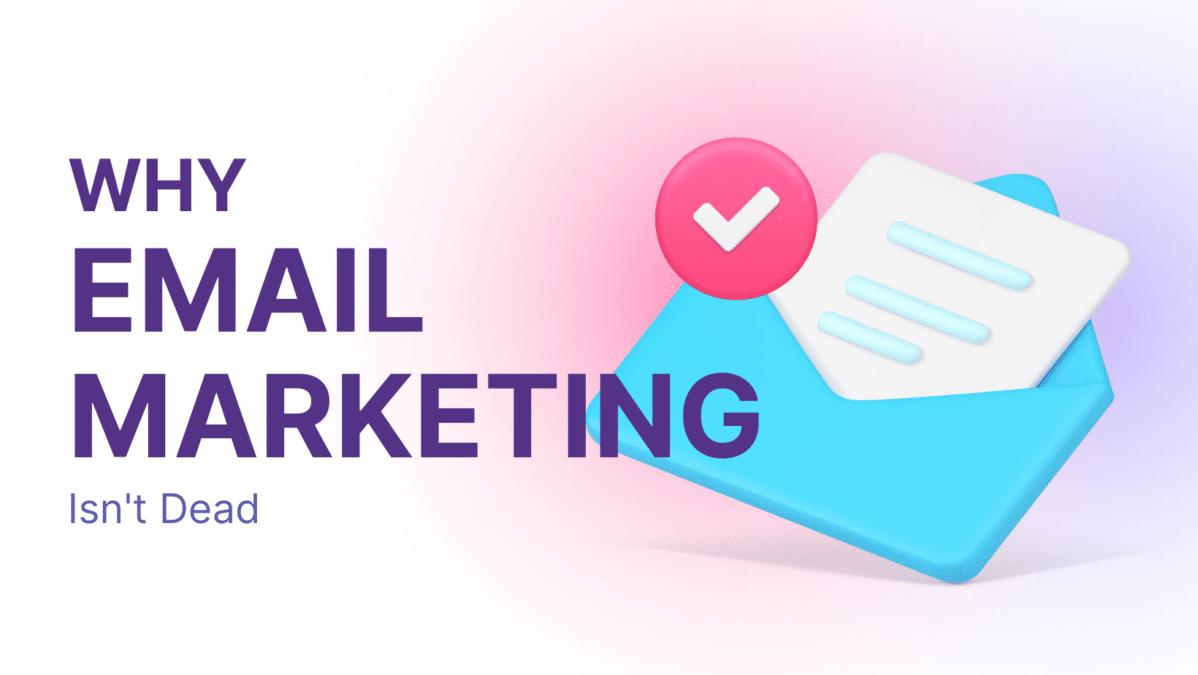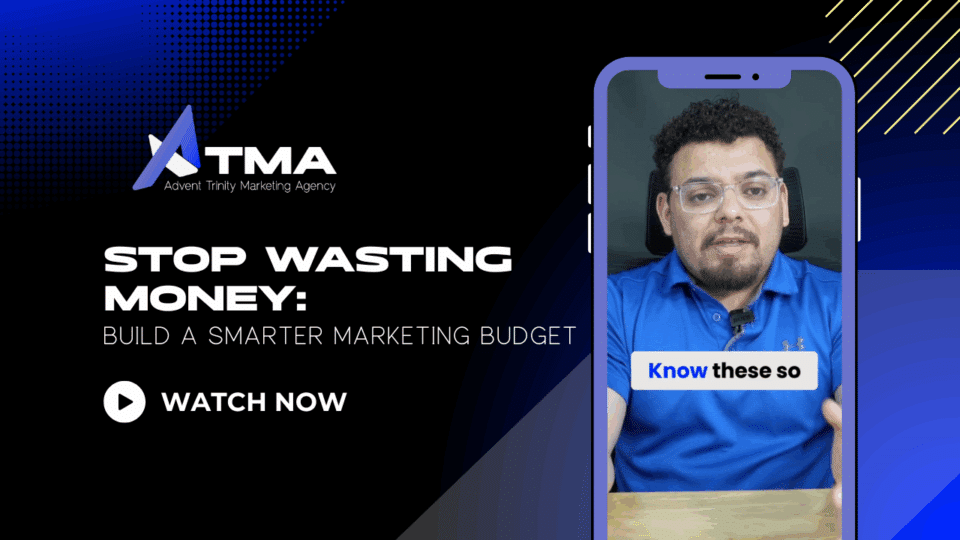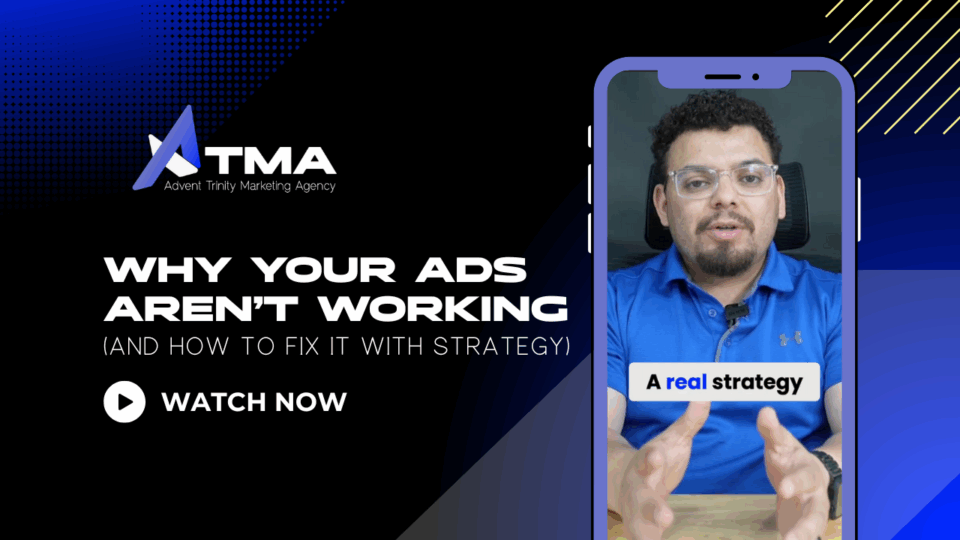
Meta: Facebook is Doing Crazy Things Again…
October 21, 2021
What PPC is and How to Leverage it
November 25, 2021Powerful Reasons Why Email Marketing Isn’t Dead
Email marketing is the process of targeting your audience and customers through email. It helps you boost conversions and revenue by providing subscribers and customers with valuable information to help them achieve their goals.
Email marketing is an effective way to build an owned audience that gets results. Many people have come to believe that email marketing is an old-fashioned way of marketing, but we are here to tell you: Email marketing isn’t dead!
In fact, it’s one of the few marketing channels you can use to build an authentic connection with the humans that keep your businesses alive.
Your customers don’t give their information lightly, and — if used right — email marketing can be both a relationship-building and profit-building tool. Use email to build upon an existing relationship with your subscribers and leads by providing relevant, valuable information that will help them take action on their goals.
That’s right, email marketing isn’t just about you or your company. It’s about your customer.
In this article, we will explore several reasons why email marketing is far from dead and why it should be a key component of any modern marketing strategy.
How Does Email Marketing Work?
Email marketing involves using electronic mail to communicate with your target audience and customers. It is an effective way to reach out to potential and existing customers, build brand awareness, and drive conversions.
The goal of email marketing is to create and send emails that are relevant, engaging, and informative to the recipient. By providing subscribers with valuable information, such as promotions, news, tips, and insights, you can keep them engaged with your brand and encourage them to take action that benefits your business.
Email marketing can be highly personalized and customized, allowing you to tailor your messages to the specific needs and interests of your audience. This helps to increase the effectiveness of your campaigns and ultimately drive more revenue for your business.
When to Use Email Marketing
There are many ways to use email marketing — some of the most common include using the tactic to:
Build relationships: Build connections through personalized engagement.
Boost brand awareness: Keep your company and your services top-of-mind for the moment when your prospects are ready to engage.
Promote your content: Use email to share relevant blog content or useful assets with your prospects.
Generate leads: Entice subscribers to provide their personal information in exchange for an asset that they’d find valuable.
Market your products: Promote your products and services.
Nurture leads: Delight your customers with content that can help them succeed in their goals.
Email Marketing Stats
- There are 4 billion daily email users. 37% of brands are increasing their email budget.
- A majority of marketers using email leverage mobile-friendly emails as part of their marketing strategy. Subscriber segmentation is the most effective email marketing campaign strategy.
- 33% of marketers send weekly emails, and 26% send emails multiple times per month.
- 77% of marketers have seen an increase in email engagement over the last 12 months.
- Smartphone users prefer to receive brand communications via email.
- Almost half of marketers report changing their email performance measurements as a result of Apple’s Mail Privacy Protection changes.
- Testing your emails leads to higher ROI.
(Source: HubSpot)
Perhaps the best reason to use email marketing is that you own the channel. Outside of compliance regulations, there is no external entity that can impact how, when, or why you reach out to your subscribers.
Reasons Why This Marketing Strategy Isn’t Dead
Email marketing has been around for decades, and despite the rise of new marketing channels and technologies, it remains an essential tool for businesses. Despite predictions of its death, email marketing continues to be a powerful tool for businesses to reach and engage with their target audience. With its vast reach, cost-effectiveness, personalized approach, and measurable results, email marketing remains a relevant and valuable tool for businesses of all sizes.
- Reach: Email has a vast reach, as almost every individual with access to the internet has an email address.
- Personalization: Email marketing allows for personalized communication with each recipient, increasing engagement and conversion rates.
- Cost-effective: Email marketing is a cost-effective way to reach a large audience compared to other forms of marketing.
- Measurable: Email marketing provides a wealth of data to track the success of campaigns, enabling marketers to continuously improve their strategies.
- Accessibility: Emails can be accessed from any device with an internet connection, making it a convenient way to reach customers.
- High ROI: When executed correctly, email marketing can deliver a high return on investment, as it often has a low cost and high conversion rate.
- Loyalty: Email marketing helps build brand loyalty by keeping customers informed and engaged with a brand.
Create an Email Marketing Strategy
Each of your customers receives over 100 emails every day. That means if you don’t take the time to develop a strategy, your emails will get lost in crowded inboxes or, worse, be sent to the spam folder.
You can learn how to build an effective email strategy and send emails that people actually want to read. It just takes a plan (one that can be broken down into a few key steps).
Think of the following five steps as an outline for your email strategy.
Planning Template
1) Define Your Audience
An effective email is a relevant email. Like everything else in marketing, start with your buyer persona, understand what they want, and tailor your email campaign to your audience’s needs.
2) Establish Your Goals
Before you come up with your campaign goals, gather some context. Research the average email stats for your industry and use them as benchmarks for your goals.
3) Create a Way for People to Sign Up
You need people to email, right? An email list is a group of users who have permitted you to send them relevant content. To build that list, you need several ways for prospects to opt-in to receive your emails (i.e. via your website).
Don’t be discouraged if you only have a few people on your list to start. It can take some time to build. In the meantime, treat every single subscriber and lead like gold, and you’ll start to see your email list grow organically.
4) Choose an Email Campaign Type
Email campaigns vary and trying to decide between them can be overwhelming. Do you send a weekly newsletter? Should you send out new product announcements? Which blog posts are worth sharing?
These questions plague every marketer. The answer is subjective. You can start by learning about the different types of email campaigns that exist, then decide which is best for your audience. You should also set up different lists for different types of emails, so customers and prospects can sign up for only the emails that are relevant to them. This is easy to do with a CRM system (Advent Trinity partners with Hubspot. Learn why we use them.)
5) Make a Schedule
Decide how often you plan to contact your list, inform your audience upfront so they know what to expect, and stick to a consistent schedule to build trust, and so they don’t forget about you.
pullout
6) Measure Your Results
Being meticulous about every key metric will help you make small changes to your emails that will yield large results.
Remember, your subscribers want to hear from you, and they want to relate to you. Be a genuine resource, and they will look forward to opening an email from you just like they would any friend of theirs.
Need help with your email marketing campaign? Advent Trinity is here to help.
By Leslie Radford
**Updated November 2023




